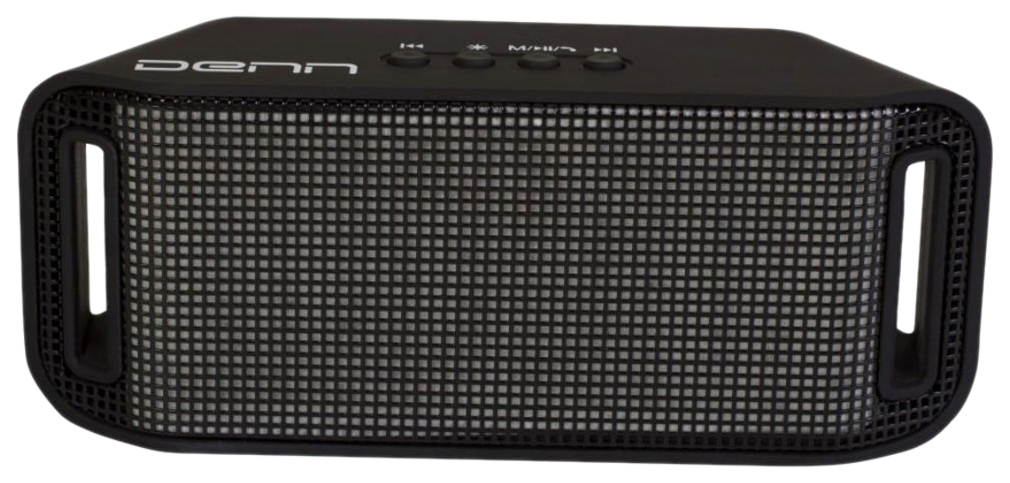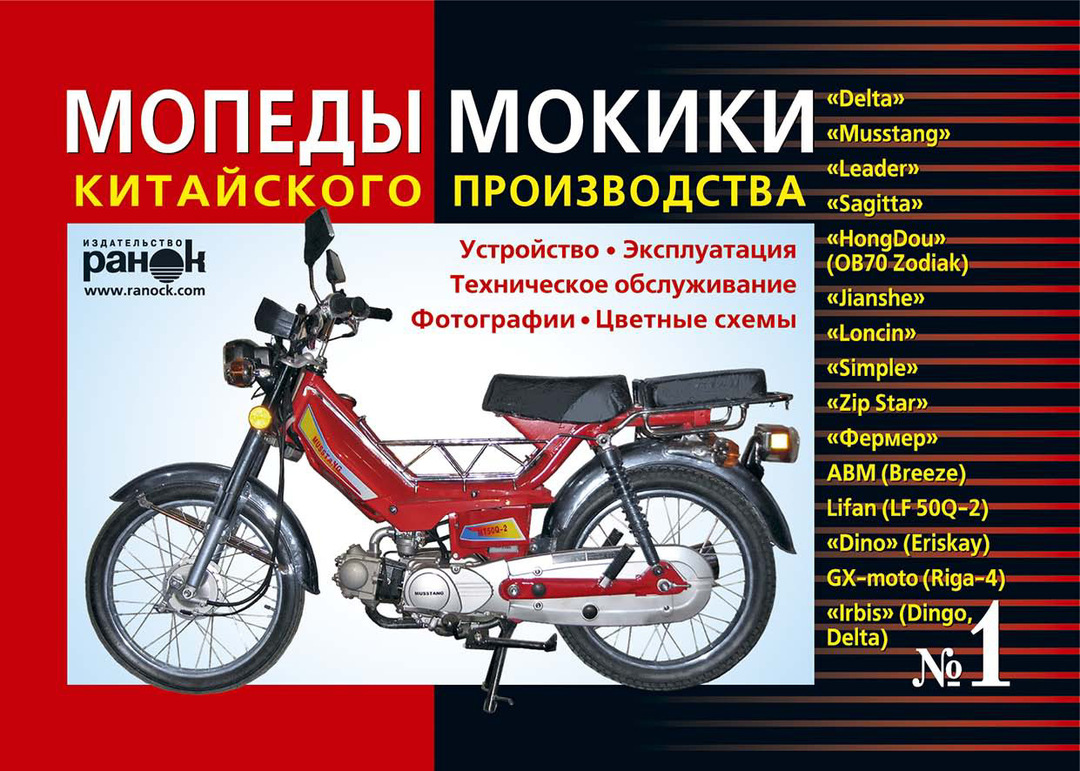The main purpose wheels - ensuring safe drive. Burden on the wheel during the operation, imposes stringent requirements for durability indices of modern drives.
The dynamics, the degree of machine handling, smooth running independent of the mass - the second determinant. Less weight parts provides for nepodressornyh weight, lighter weight. This reduces the moment of inertia by increasing the speed and braking. Prolongs the service life of the transmission components, reducing fuel consumption.
Stamped wheels

The classic version. Whole product, which is used in the manufacture of high strength steel. The design of the model includes a plate with a rim connected by spot welding and covered with a protecting layer or enamel powder. Lack of spokes is offset by round holes.
Distinctive features:
- A strong impact can not lead to the complete destructionThat guarantees the safety car, protection against damage its components Control suspension. The deformed member is easily restored to the original settings after the rolling procedure.
- chipping education does not lead to loss of functionality. Restored in full by simple procedures: brewing cracks and joints treatment.
- Ease landing tires with a flat rim, that gives confidence when driving on a damaged road surface.
- Presswork promote even wear rubber. Slow erasing rubber due to the presence in the configuration weights - balancers attached clothespin steel instead of glue. This factor helps to preserve balance on the roads.
Alloy wheels

They are made by pouring in the form of light alloys: aluminum, magnesium, titanium. Cast model represented by three species: cast, forged, stamped.
Each type has characteristic features:
- Light weight castings compared with steel fifteen - twenty percent, which is beneficial to the wear of the suspension, acceleration speed (deceleration), the expenditure of fuel.
- Price range extends from cheap steel stampings to more expensive forged wheels.
- Aesthetics. Alloy wheels are more attractive in terms of design, rather than its "brother": steel and wrought iron. Improving the design of steel is possible by caps (but lost). Forged attractive in appearance, but is not possible to change the shape.
Steel wheels are subjected to corrosion, rot adversely affected, aluminum, these factors are not terrible.
"Casting" the nuances of operation.
A force on the "casting" leads to their breakdown. To extend the life of enforced rules:
- Gentle, accurate ride, not subject to testing for strength
- Unabated during control movement, avoid dangerous road sections (pits, borders, any kind of roughness)
- Meticulous care. Regular washing prevents the unbalance and corrosion.
- The right choice of components
The first step - the study of the manufacturer's recommendations. They contain standards for rim width of departure, the number of holes for mounting bolts, the gaps between the bolts, the diameter of the central recess.
Differences in cast and forged wheels, originally mounted on the car, are virtually absent. Subjected to inspect the inside of the rim of the disc loaded, it allows to obtain the necessary information about the technical parameters.
To prolong the life you want to maintain their technical condition, control the correctness of consolidation. This ensures minimal deformation when subjected to loads. Seasonal change of tires it is recommended to combine balanced.
Regular washing and rubbing will help prevent corrosion development. Accuracy and alert when driving to help prevent a mechanical damage. The main factor of safe driving - reasonable driver.


